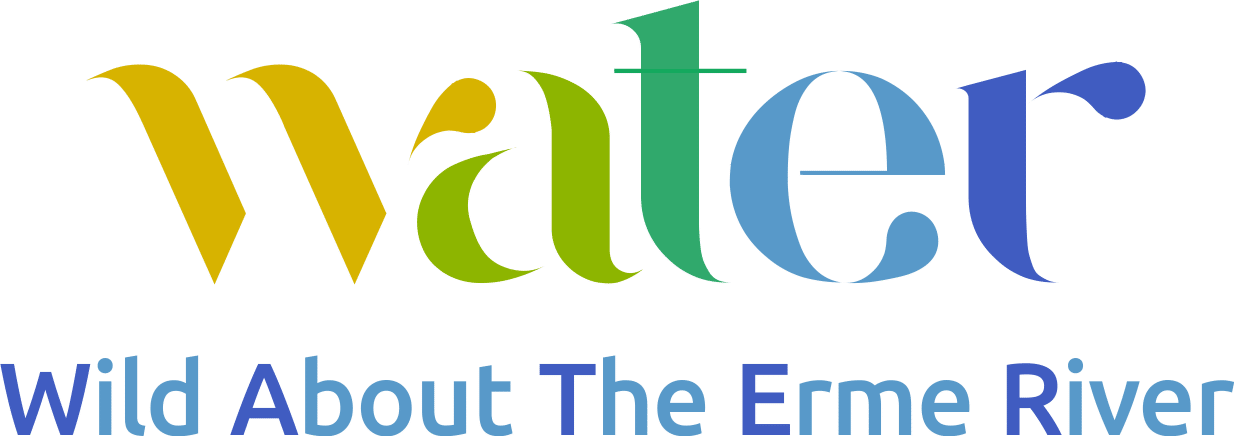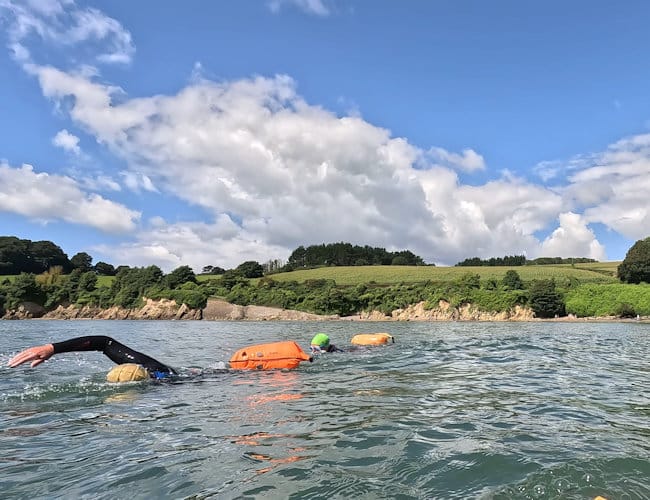New year challenge: to improve water quality at Coastguards beach
Only three bathing waters in Devon and Cornwall were classified as ‘poor’ last year; disappointingly, Coastguards was one of them.
This was the first year of Bathing Water designation for Coastguards Beach. It followed a long campaign led by Emily Woodley on behalf of WATER and supported by over a thousand members of the local community and Surfers Against Sewage. It meant that the Environment Agency (EA) had to regularly test the water quality throughout the bathing season (May – September).
Following Coastguard’s first season of testing, the EA released their 2024 classifications for bathing water in England on Tuesday 26th November. Of the 155 bathing waters in Devon and Cornwall, only three achieved a ‘Poor’ rating. Coastguards was one of them.
Bathing Water classifications are based on the level of Faecal Indicator Organisms e.g. E coli, found in the water. Elevated levels of these organisms were found in a number of the EA tests at Coastguards resulting in the ‘Poor’ classification. They were also found at WATER’s own testing points further upstream, one on the Erme at Ermington and the other on the Ayleston Brook at Modbury, which feeds into the Erme. Both test points were downstream of wastewater treatment works.
In 2022, South West Water’s own investigation into water quality in the vicinity of the Erme Estuary proposed Ultra Violet Biological Treatment be installed at both the Ermington and Modbury Treatment Works. WATER understands that these upgrades are in the current SWW asset improvement plan but have yet to be started.
UV treatment exposes water to UV light, usually prior to its release into natural water systems such as the Erme. It renders a wide range of contaminants such as bacteria, viruses and parasites incapable of reproducing. This is done without resorting to chemicals, so UV treatment has considerable ecological and habitat advantages.
Commenting on the Environment Agency’s announcement, Lizzie Cresswell, Community Water Quality Officer at Surfers Against Sewage said: “With sites that are designated as ‘Poor’, regulators are obliged to prevent, reduce, and eliminate sources of pollution. This is a critical lever for driving change and investment – but we need to keep holding polluters and regulators to account. Currently, a site that gets ‘Poor’ for five years risks being de-designated and simply swept under the rug. That’s unacceptable for the wild waters we love to swim, surf and paddle in.
Emily Woodley, who led the Coastguards Beach Bathing Water campaign said:
“The categorisation of Coastguards Beach as ‘Poor’ is disappointing but sadly not a surprise. However, a single word can hide the complexities of how Bathing Water quality is calculated and what this actually means for water users.”
Coastguards Beach is at the mouth of a tidal estuary. Pollution levels in fresh water from upstream will impact on the water quality at the estuary but this varies. The proportion of fresh water is greater at low tide but as the tide comes in the fresh water is somewhat overwhelmed by the volume of salt water.
Emma Magee from the Environment agency has already announced that “Coastguards beach will be a priority water for us in 2025 due to its ‘poor’ status. We are developing an action Plan to detail planned improvements and a monitoring programme to understand the sources of bacteria in the estuary. We will be working with South West Water to ensure all discharges that could affect the bathing water are brought up to the required standard. Our agriculture team will investigate any farmland that may be negatively affecting the water quality. In the new year we are looking to set up a public engagement group to gather local knowledge and share our work in the area.”
Charlotte Grezo, WATER’s Chair commented: “We welcome the additional focus that the Environment Agency will bring to improving the water quality at Coastguards and are already working with the Environment Agency and the Rivers Restoration Centre in the production of a Catchment Action Plan (CAP). This will help us to identify pressures and impacts across the catchment, identify priorities and evaluate potential actions.” (See CAP heading below for further information). We will continue to lobby SWW to accelerate their already-planned treatment improvements at their Ermington and Modbury Wastewater Treatment Works
Independent information on bathing waters can be found in the following links:
- Further information about water quality at designated Bathing Waters can be found at the Environment Agency’s SWIMFO site Bathing water quality
- Surfers Against Sewage The Safer Seas & Rivers Service – Surfers Against Sewage
- Information about what is happening on the River Erme can be found here Wild About The Erme River – water
- Communities seeking to get their bathing water designated can find out more at protectingwildwaters.org.uk
- To report pollution incidents, call the Environment Agency’s Pollution Hotline on 0800 807060

